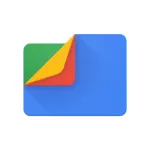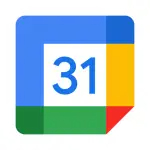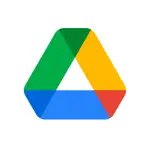- Definition: ChatGPT is an AI language model developed by OpenAI, designed to generate conversational text based on user inputs.
- Accessibility: Available via web applications, APIs, and integrations with other platforms.
- Purpose: Aims to assist users in generating text, answering questions, providing recommendations, and more in a conversational manner.
Features of OpenAI ChatGPT
- Natural Language Understanding: Can comprehend and respond to queries in a conversational format.
- Contextual Awareness: Maintains context throughout a conversation, allowing for more coherent interactions.
- Versatile Use Cases: Applicable in various domains, including customer service, content creation, and education.
- Language Support: Supports multiple languages, catering to a global audience.
- Customization Options: Users can fine-tune responses based on specific needs or preferences.
- Rich Knowledge Base: Trained on a diverse dataset, enabling it to provide information across a wide range of topics.
- Interactive Conversations: Engages users in a back-and-forth dialogue, making interactions feel more personal.
- Continuous Learning: Improved versions are regularly released, enhancing performance and capabilities.
Pros and Cons of OpenAI ChatGPT
Pros
- Efficiency: Quickly generates responses, saving time for users and organizations.
- 24/7 Availability: Can assist users at any time, providing support outside of traditional working hours.
- Scalability: Easily integrated into businesses, allowing for high-volume interactions without additional staffing.
- User-Friendly Interface: Designed to be intuitive, making it accessible to users with varying levels of technical expertise.
- Innovative Applications: Encourages creativity and exploration in various fields, from writing to programming.
Cons
- Inaccuracy: May occasionally produce incorrect or nonsensical answers, which can mislead users.
- Lack of Emotional Understanding: While it can simulate conversation, it does not possess genuine emotions or empathy.
- Context Limitations: In longer conversations, it may lose track of context or nuance.
- Dependence on Input Quality: The quality of responses can be significantly affected by how questions are phrased.
- Privacy Concerns: Potential for misuse in generating misleading or harmful content, raising ethical considerations.
Functions of OpenAI ChatGPT
- Text Generation: Creates coherent and contextually relevant text based on prompts.
- Question Answering: Responds to inquiries across a vast range of topics, offering informative replies.
- Content Creation: Assists in writing articles, essays, stories, and other forms of written content.
- Language Translation: Provides translation services, helping users communicate in different languages.
- Brainstorming Ideas: Aids in generating creative ideas for projects, marketing campaigns, and more.
- Coding Assistance: Offers support in programming, providing code snippets and explanations for various languages.
- Learning Aid: Serves as a resource for students, answering academic questions and providing explanations.
How to Use OpenAI ChatGPT
- Accessing ChatGPT:
- Visit the Website: Go to the OpenAI website or access platforms that integrate ChatGPT.
- Create an Account: If required, sign up for an account to use the service, especially for API access.
- Starting a Conversation:
- Input Prompt: Begin by typing a question or statement in the input box. Be clear and specific to improve response quality.
- Explore Options: For different kinds of tasks, you can specify the nature of the request (e.g., "Summarize this text" or "Generate a story").
- Engaging in Dialogue:
- Interactive Responses: Read the generated response and continue the conversation by asking follow-up questions or providing additional context.
- Refine Queries: If the response isn't satisfactory, rephrase your question or provide more details for better results.
- Leveraging Additional Features:
- Customization: Use available settings to adjust the tone or style of responses based on your needs.
- Experiment with Prompts: Try different prompts to explore the full range of capabilities, from creative writing to technical questions.
- Utilizing API Access (for Developers):
- Integrate ChatGPT: Developers can access the API for integration into applications, enabling custom functionalities.
- Follow Documentation: Refer to OpenAI’s API documentation for guidance on implementation and best practices.




 0
0 



